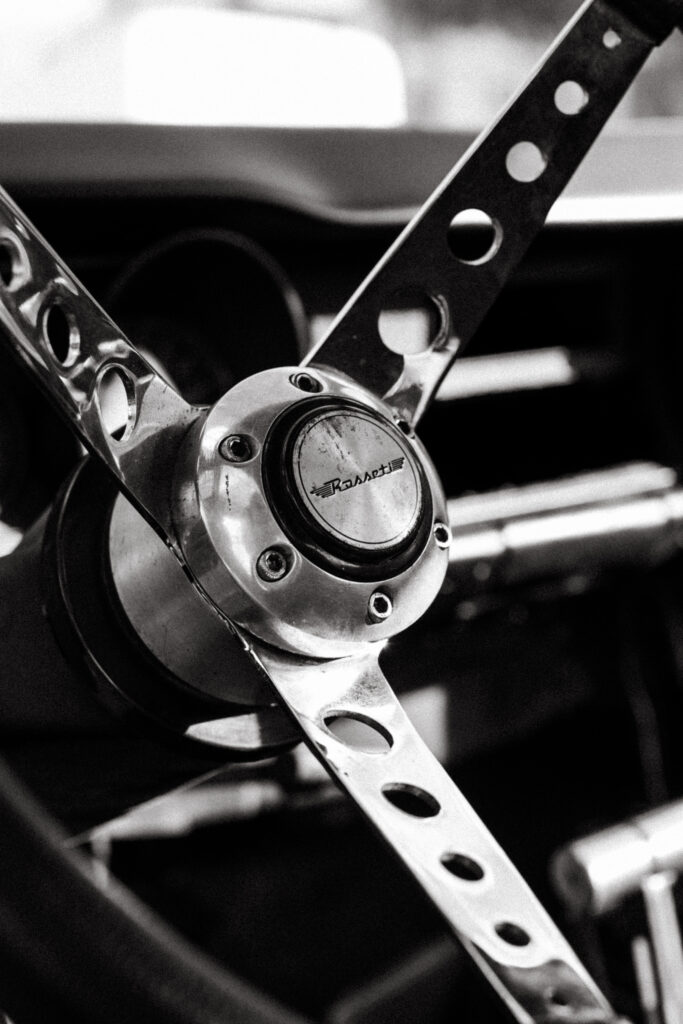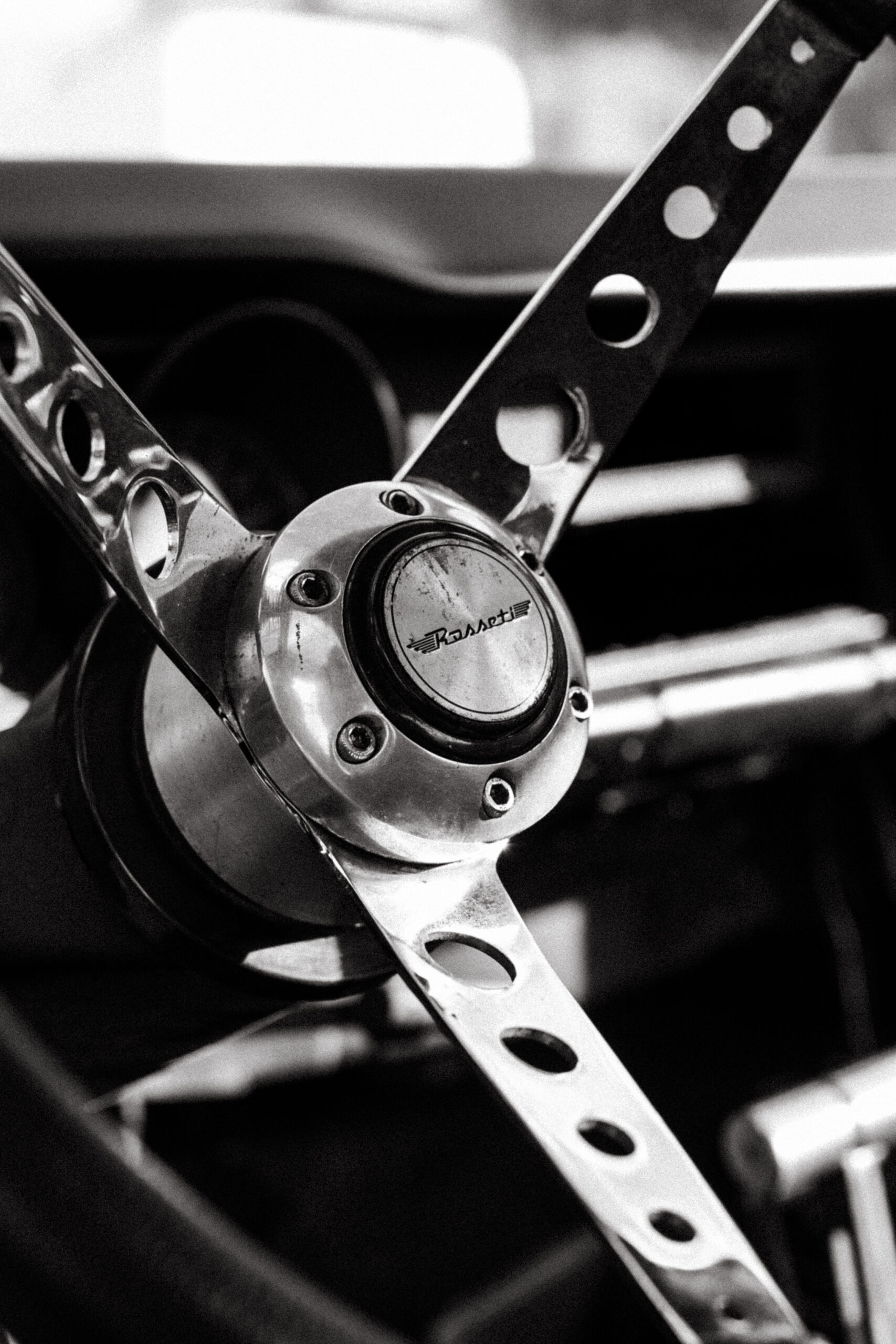If you’re new to metalworking and metal bending, you may find yourself wondering how to choose the right power tool for these tasks. With the vast array of options available, it can be overwhelming to decide which one is best suited for your needs. Luckily, this article is here to guide you through the process, giving you the information you need to make an informed decision. So sit back, relax, and let’s explore the world of power tools for metalworking and metal bending together.
Consider Your Project Needs
When it comes to choosing the right power tool for your metalworking and metal bending projects, it’s essential to consider your specific project needs. This involves evaluating the material type and thickness, project size and scale, as well as the required accuracy and precision.
Material Type and Thickness
The first factor to consider is the type and thickness of the materials you’re working with. Different power tools are designed to handle specific materials, such as steel, aluminum, or copper. Additionally, the thickness of the material will determine the power and capabilities of the power tool you’ll need.
Project Size and Scale
Another crucial consideration is the size and scale of your project. Are you working on small-scale DIY projects or larger industrial applications? The size of your project will determine the power and capacity requirements of the power tool. Smaller projects may only require a compact power tool, while larger projects may demand heavy-duty equipment.
Required Accuracy and Precision
Accuracy and precision are vital when working with metal. Some projects necessitate intricate and precise cuts or bends, while others may require rougher finishes. Consider the level of accuracy and precision you need for your project as it will impact the choice of power tool. Tools with adjustable settings and precise controls may be required for highly detailed work.
Research Power Tool Options
Once you’ve identified your project needs, it’s time to research the various power tool options available. Here are some power tools commonly used in metalworking and metal bending:
Angle Grinder
An angle grinder is a versatile tool that can grind, cut, and polish metal surfaces. It’s a popular choice for metalworking due to its compact size and ability to remove material quickly.
Drill Press
A drill press is a stationary power tool designed for accurate drilling. It can be used for metalworking by attaching different drill bits, allowing for precision holes in metal.
Nibbler
A nibbler is specifically designed for cutting sheet metal. It operates by shearing the material, producing clean and precise cuts.
Shear
A shear is similar to a nibbler but is capable of cutting through thicker metal. It’s ideal for straight cuts or simple shapes.
Metal Bending Brake
A metal bending brake is used for precisely bending sheet metal. It can create bends at specified angles, making it suitable for creating folds and creases in metal.
Metal Shear Brake
A metal shear brake combines the functions of a shear and bending brake. It can cut and bend metal, allowing for more versatility in metalworking projects.
Guillotine Shear
A guillotine shear is a powerful tool that can cut through thick metal with ease. It’s perfect for cutting large sheets or heavy-duty metal.
Metal Punch
A metal punch is used to create holes or shapes in metal. It’s commonly used in metalworking to add functional or decorative features to projects.
Metal Lathe
A metal lathe is a specialized tool used for shaping and turning metal. It can create intricate designs and produce cylindrical or tapered shapes.
Metal Roller
A metal roller is used to make cylindrical or conical shapes by rolling metal sheets. It’s an essential tool for creating pipes or tubes.

Evaluate Power Tool Features
Once you’re familiar with the different power tool options, it’s important to evaluate their features and capabilities to determine which tool best suits your needs.
Motor Power and Speed Control
Consider the motor power and speed control features of each power tool. Higher motor power allows for easier cutting or bending of thicker materials, while speed control enables more precise control over the tool’s operation.
Cutting and Bending Capacities
Evaluate the cutting and bending capacities of the power tools. Check the maximum thickness and length of material the tool can handle to ensure it meets your requirements.
Ease of Operation and Safety Features
Look for power tools that are easy to operate and have built-in safety features. Features like ergonomic handles, smooth operation, and safety guards can enhance your experience and reduce the risk of accidents.
Durability and Warranty
Consider the durability of the power tool and the warranty offered by the manufacturer. Investing in a durable tool with a reliable warranty ensures it will last for a long time and that you’re protected if any issues arise.
Consider Space and Budget Constraints
Besides the technical aspects, it’s important to consider practical constraints such as available workspace and budget allocation.
Available Workspace
Take into account the size of your workspace and the power tools you can accommodate comfortably. Some tools, like metal lathes or guillotine shears, require a significant amount of space, so ensure you have enough room to maneuver and operate them effectively.
Budget Allocation
Set a budget for your power tool purchase and consider how much you’re willing to invest. Different power tools come at various price points, so it’s vital to balance your budget with your project needs. A higher budget may allow for the purchase of more advanced or specialized tools, while a tighter budget may require more consideration of versatile and cost-effective options.
Additional Tooling and Accessories Costs
Remember to include the cost of additional tooling and accessories that may be required for your projects. Some power tools may require specific blades, drill bits, or dies, which can add to the overall cost. Be sure to factor in these additional expenses when planning your budget.

Read Customer Reviews and Ratings
To gain a better understanding of the power tools you’re considering, it’s helpful to read customer reviews and ratings. This feedback can provide insights into the tool’s performance, durability, and overall user satisfaction.
Online Reviews
Browse online platforms, such as e-commerce websites or dedicated tool review websites, to read reviews from customers who have already purchased and used the power tools. Look for both positive and negative reviews to get a comprehensive view.
Manufacturer or Retailer Websites
Visit the websites of power tool manufacturers or retailers to access reviews and ratings from verified customers. These platforms often provide detailed information about the power tools, along with user testimonials.
Ask for Recommendations
Reach out to fellow metalworkers, colleagues, or friends who have experience in metalworking and ask for their recommendations. Personal recommendations can be valuable in guiding your decision-making process and providing insight into specific power tool brands or models.
Consult with Experts or Professionals
If you’re still unsure about which power tool is best suited for your metalworking needs, consider consulting with experts or professionals in the field.
Local Metalworking Shops
Visit local metalworking shops or engage with their staff to gain insights from experienced professionals. They can offer guidance based on their firsthand knowledge of different power tools and their applications.
Trade or Industry Associations
Connect with trade or industry associations related to metalworking and seek advice from their experts. These associations often have resources and experts who can provide valuable guidance in selecting the right power tool for your needs.
Power Tool Manufacturers or Suppliers
Reach out to power tool manufacturers or suppliers directly and inquire about their products. They often have knowledgeable staff who can provide in-depth information and advice on choosing the right power tool for your specific requirements.

Visit Local Retail Stores or Exhibitions
If feasible, visit local retail stores or exhibitions to get hands-on experience with the power tools you’re considering. This allows you to assess the tools’ build quality, ergonomics, and overall feel, helping you make a more informed decision.
Hardware or Power Tool Specialty Stores
Visit hardware stores or power tool specialty stores to see a wide range of power tools firsthand. Take the opportunity to ask store staff about the tools’ features, applications, and any specific recommendations they may have.
Trade Shows or Exhibitions
Attending trade shows or exhibitions dedicated to metalworking or tools can provide an excellent opportunity to see the latest power tool innovations. These events often have knowledgeable representatives who can assist in understanding the features and benefits of different power tools.
Consider the Long-Term Potential
When choosing a power tool for metalworking and metal bending, it’s essential to consider the long-term potential and any future projects you may undertake.
Future Metalworking Projects
Think about the types of projects you anticipate working on in the future. If you have plans for more complex or specialized projects, it may be worth investing in power tools with greater capabilities and versatility.
Upgradable or Modular Power Tools
Consider whether the power tools you’re considering are part of a larger system or have options for upgradability. Upgradable or modular power tools allow you to expand their capabilities as your needs evolve, saving you from having to invest in entirely new equipment.
Availability of Spare Parts
Research the availability of spare parts for the power tools you’re considering. Over time, parts may wear out or break, so ensuring that replacements are readily accessible can save you from potential frustrations down the line.
Compare Warranty and After-Sales Support
Take the time to compare the warranty policies and after-sales support offered by different power tool manufacturers or retailers. A robust warranty and responsive customer support can provide peace of mind and assistance in case of any issues that may arise.
Manufacturer’s Warranty Policies
Review the warranty policies provided by the power tool manufacturers. Pay attention to the duration of the warranty and what it covers, such as defects in materials or workmanship. A longer warranty period or comprehensive coverage may indicate a higher level of confidence in the quality of the power tool.
Availability and Responsiveness of Customer Support
Investigate the availability and responsiveness of customer support for the power tools you’re considering. Prompt and helpful customer support can make a significant difference in addressing any queries or concerns that may arise during the lifespan of the power tool.
Test Power Tools Before Purchase
Whenever possible, it’s advisable to test power tools before making a purchase. This allows you to assess their performance, comfort, and ergonomics firsthand.
Consider Renting or Borrowing
If you’re unsure about a specific power tool and its suitability for your needs, consider renting or borrowing the tool first. This way, you can try it out in your own workspace and get a better understanding of how it performs before committing to a purchase.
Check for Smooth Performance and Ergonomics
When testing power tools, pay attention to their performance and ergonomics. Ensure the tool operates smoothly and that its design allows for comfortable and efficient use. A power tool that feels comfortable in your hands and operates without any issues can make your metalworking projects more enjoyable and productive.
By considering your project needs, researching power tool options, evaluating their features, and taking into account space and budget constraints, you can make an informed decision when choosing the right power tool for your metalworking and metal bending projects. Remember to consult with experts, read reviews, and test the tools whenever possible to ensure you select the best tool for the job. With the right power tool by your side, you’ll be well-equipped to tackle any metalworking project that comes your way.



